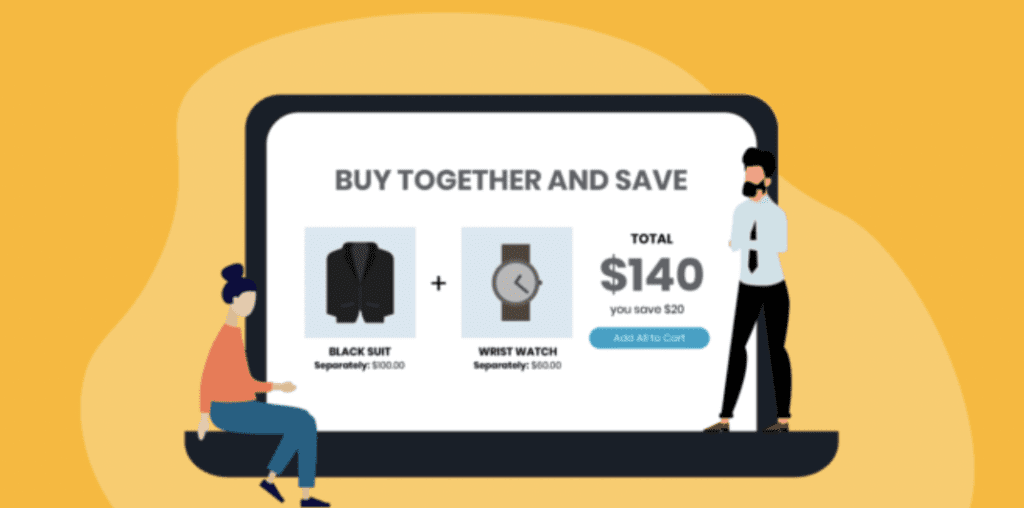In the dynamic world of eCommerce, it’s important for sellers to constantly find innovative strategies to maintain a competitive edge. Product bundling has emerged as a beneficial strategy that Amazon FBA sellers can wield to enhance the customer experience while maximizing profits. Bundling involves combining several products related to each other and selling them as a full package, presenting a value addition for customers.
Product bundling has several advantages when appropriately executed. It helps to increase the average sale per customer, reducing the cost of logistics & overall fulfillment expenses. The magic lies in showcasing the value of the whole being greater than the sum of its parts, persuading customers it’s worth their investment.
Choosing the right items for bundling is a critical step in the process. Items that are thematically related, enhance each other’s utility, or are used together frequently make the most effective bundles. The product selection defines the success of the bundle. Data-driven decisions backed by analytics of purchasing patterns can provide valuable insights into the best products to bundle.
Implementing product bundling should not be a hasty decision. Every bundle must have a clear goal, whether it’s pushing slow-moving inventory, introducing a new product, or selling more of higher-margin items. Without a defined objective, the strategy may not have the intended impact.
Sellers must put themselves in the buyers’ shoes to create bundles that make sense. Although variety might seem appealing, a bundle that seems random to the customer may not be efficient. Curating bundles that simplify decision making for the customer, save them valuable time, and offer tangible benefits is the key to success.

Bundling isn’t a one-size-fits-all strategy, and it requires constant experimentation & optimization. FBA sellers must be open to testing different bundle combinations to understand what works best for their audience and product offerings. The metrics to track include bundle sales, individual product sales, and customer feedback. The data collected can help optimize the bundle strategy over time.
One of the paramount factors to appeal to customers lies in accurate pricing of product bundles. The cost of a bundle must reflect its enhanced value, yet remain affordable to the customers. A good practice would be to offer the bundled product slightly cheaper than the total cost if the items were purchased independently.
Various ecommerce platforms, including Amazon FBA, offer tools to create dynamic product bundles. This feature can enable customers to create their own bundles, adding an element of customization. Giving users control over product selection increases the perceived utility of the bundles and boosts customer satisfaction.
Transparency about bundled items is crucial in maintaining a trusting relationship with customers. Clearly stating what the bundle includes, how purchasing the bundle provides value compared to individual items, and how the bundled products complement each other can help avoid any possible confusion for the buyers, leading to better customer reviews & higher customer retention.
Introducing product bundles can have an unexpected but welcome benefit: it can incite impulse purchases. Customers may see the value in the bundle’s proposal and decide to buy it, even if they initially only intended to purchase one of the bundled products.
However, not every product is well-suited for bundling. Products that already have high sale volumes or those that more commonly sell during specific seasons may not benefit from bundling. A detailed analysis of past sales data and market trends can help sellers make informed decisions about which products to bundle.
With the advent of machine learning algorithms & AI, predicting the success of a product bundle is becoming increasingly feasible. Leveraging these technologies can provide insights on product combinations which might appeal to the customer base, thus effectively increasing the chances of successful bundling.
It’s important to remember that product bundling is not just a pricing strategy, but an approach to providing value to the customer. It’s about creating unique, relevant offerings that save the customer time and effort while providing real, tangible value.

To sum it all up, product bundling can be a powerful tool for Amazon FBA sellers. It offers the advantages of increasing the average sale per customer, lowering logistics costs & potentially enhancing customer satisfaction. A well-thought-out product bundling strategy can help you stand out in the competitive ecommerce landscape.
Embracing product bundling requires a mindset that concentrates on customer value and experience above all else. It’s a journey that requires data-backed decisions, consistent testing, and buttressing customer-centric principles. To capitalize on the benefits of product bundling, it’s crucial to ensure the strategy aligns well with your catalog, overall business goals, and most importantly, your customers’ needs.



